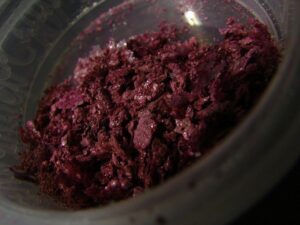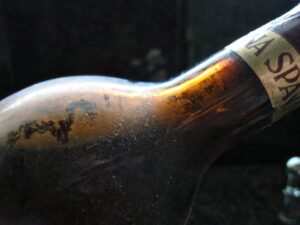
There are manyAsked at least once if this blessed fund that we sometimes find ourselves at the end of our old good bottle of wine is a sign of genuineness or is a rather an inability of the producer who has worked poorly the product. Maybe sometimes we lose even half a glass! And then this fund doesn’t look good. Sometimes dusty, sometimes hard, cristallizzato…ma what crap is it?? Where are youfrom ?? Let’s see some understanding.
Among the many components of wine, we also have acids. One of these, which many know by name, istartaric acid. In non-oenological uses it is mixed with baking soda and used as yeast, or is also added to foods as an antioxidant or to give a sour taste. One of the plants that possesses it naturally in greater quantity is the vine. During the maturation, the acid passes into the grape, and thus ends up in the wine, conferring, according to the Vine, a greater or lesser acidity, in combination with the other acids.
This acid, under the temperature of 10 ° C, precipitates in the form of crystals, and thus allows the winemaker, in the winter period, to purify the wine from excess components, which would muddy excessively the wine and deface the flavour. There are many clarifying substances that can assist filtration. But we will talk about it in another place.
What we want to understand is this: all that “Volteggia” in wine is an indication of bad quality? We took the tartrates as an example, but we could also talk about other substances. The answer is: not necessarily.

If the perennial particleslie in the ion Suspensand (turbidity) constitute a serious and often irrecoverable defect, the elements at the bottom of the bottle (storage) are generally tolerable. If you find then on the bottom of the bottle of small crystals, nothing to worry about: they are the harmless tartrati, and this means that the wine has “felt the cold”. An important red with a few years of aging presents a dusty sediment? These are the colouring or astringent substances (anthocyanins or tannins). are not prejudiced by the Quality, indeed, mean that that wine, before To be bottled, it was stripped as little as possible by its constituents and underwent few treatments. In Some cases even the deposit, instead of collecting on the bottom, adheres to the walls of the bottle (“shirt”). These are just other substances that mean that the wine has been vinified in the “Old Way”.


